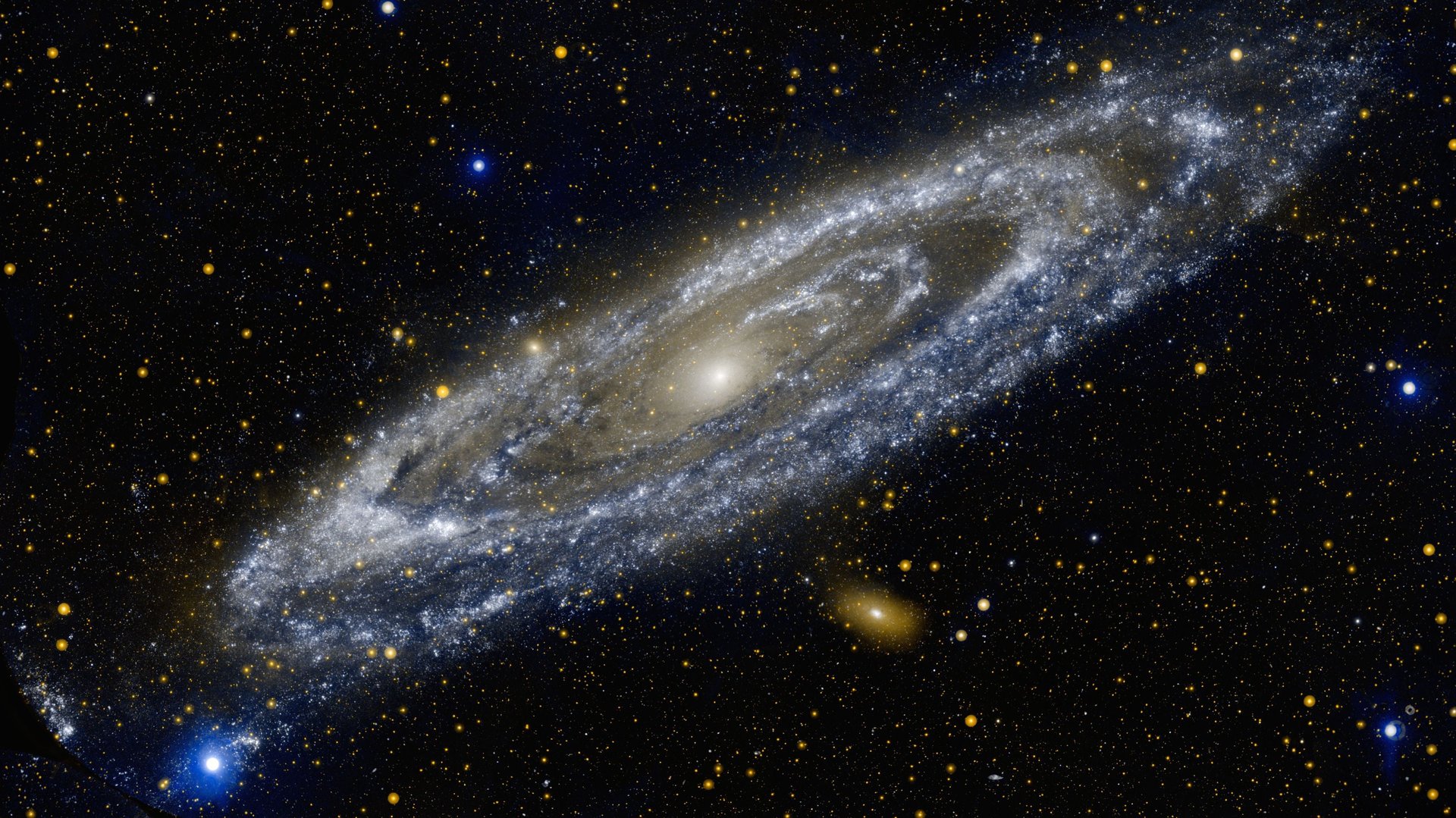Ripples around our galaxy suggest it’s way bigger than we originally thought
Our home galaxy is much bigger than we thought—and has a different shape that we previously believed. According to new research, published in the Astrophysical Journal and led by physicist Heidi Jo Newberg of Rensselaer Polytechnic Institute, the Milky Way is at least 50% larger than believed, and shaped like a corrugated disc.


Our home galaxy is much bigger than we thought—and has a different shape that we previously believed. According to new research, published in the Astrophysical Journal and led by physicist Heidi Jo Newberg of Rensselaer Polytechnic Institute, the Milky Way is at least 50% larger than believed, and shaped like a corrugated disc.
Previously, the Milky Way was thought to be be a roughly flat disk, approximately 100,000 light years in diameter. It was first noticed that the disk wasn’t entirely flat back in 2002, when Newberg discovered a dense ring of stars that sat above the plane and beyond the edge of our galaxy. This formation is known as the “Monoceros Ring.”
This latest research uncovered four such bulges—two above the plane of the galaxy and two below, moving outwards concentrically from the Milky Way’s center and forming the “ripples” of the galaxy. That means the galaxy is actually much bigger we originally thought: what we once considered rings around the galaxy are part of it. This research suggests the Milky Way is actually at least 150,000 light years in diameter.
What caused the ripples? We don’t know for sure, but they might be a result of another, smaller galaxy passing through the Milky Way’s disk.